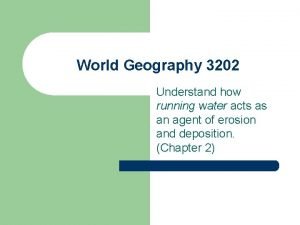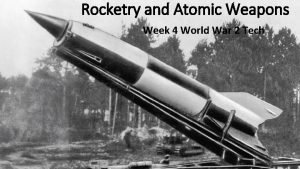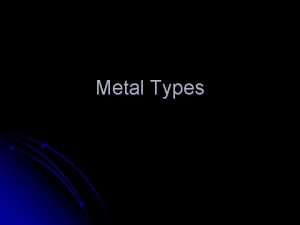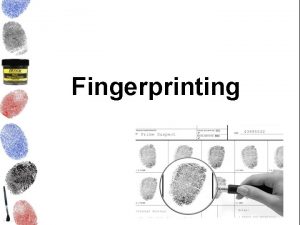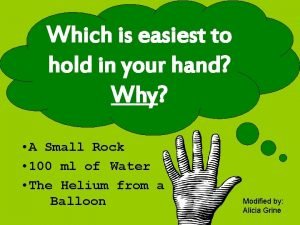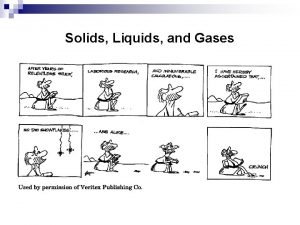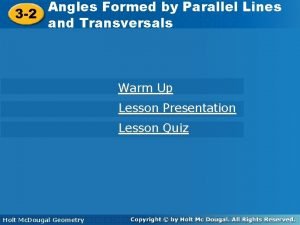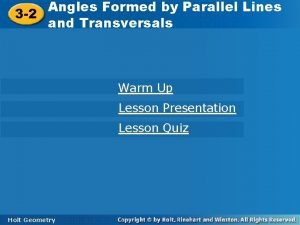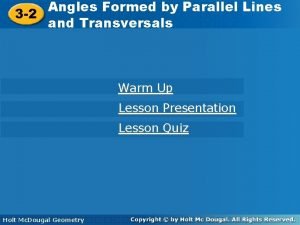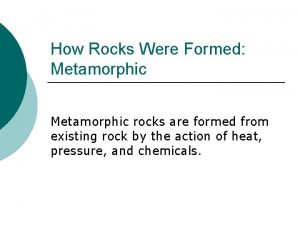How deltas are formed Heaviest particles are unloaded










- Slides: 10

How deltas are formed • Heaviest particles are unloaded first as a river loses momentum, closest to shore, forming a thick layer of sediment. • Smaller particles are dropped further out leaving a thin layer. • This process is repeated over and over again, until a delta is formed.

Types of deltas. • Arcuate Deltas: Are a curved shape, like a bow, or a bird’s foot

Types of deltas. • Digitate Delatas: Are long and narrow, in the shape of a “finger”.

Types of deltas. • Estuarine Deltas: In estuaries, fresh river water mixes with sea water. Sediment is deposited from both river outflow, and seawater inflow. At low tides, the deposited materials can be seen in the form of Estuarine Deltas.

How moving ice acts as an agent of erosion and deposition • Today, a tenth of the earth’s surface is covered in ice. • Glaciers are a major agent of erosion on the earth’s surface. These glaciers are constantly receding and growing, and it is this growing and receding that gives glaciers their ability to erode and build up the earth.

Glaciers • The glaciers that denude the earth’s surface today, are of two types: – Alpine Glaciers: Form in high mountain valleys above the snow line. – Continental Glaciers: Are large ice sheets covering major portions of entire continental land areas.

How Glaciers erode • Glaciers erode in three ways as they move with their ice flowing outward and downward. – First, glacial ice pushes loose material along the sides and in front, in a sort of bulldozing action. – Second, as the ice continues to move and has embedded sediment in it, the ice and material scratch and gouge out new material from a new surface. – Third, glacial ice can freeze to underlying blocks of rock surfaces. As the ice continues to move, it may actually pull out blocks of material.

Alpine Glaciation • Alpine glaciers are responsible for many of the features we can recognize on large mountain tops today.

Features of Alpine Glaciation

Continental Glaciers
 Digitate delta
Digitate delta Mikael ferm
Mikael ferm “pro-death” is a loaded phrase.
“pro-death” is a loaded phrase. Heaviest naturally occurring element
Heaviest naturally occurring element Ductile
Ductile What is the study of fingerprints called
What is the study of fingerprints called How to convert grams to moles
How to convert grams to moles Particle arrangement of a solid
Particle arrangement of a solid Gas like mixture of charged particles
Gas like mixture of charged particles The search for fractionally charged particles has
The search for fractionally charged particles has Building block of matter which contains subatomic particles
Building block of matter which contains subatomic particles
